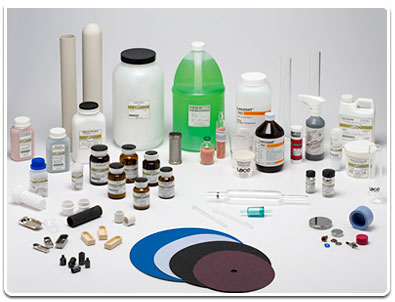- You are here:
-
Products

- Separation Science Mass Spectrometry
Separation Science Mass Spectrometry
Research Hype to Practical Analysis Part I: Benefits of Comprehensive Two-
Dimensional Gas Chromatography (GCxGC) for a Routine Laboratory
Authored by: Michelle Misselwitz
Comprehensive two-dimensional gas chromatography (GCxGC) is a technique that has been around for over 25 years. Some may argue that the technique has been over-hyped, and that it is a complicated research tool that doesn't fit into routine analytical laboratories. However, several routine validated GCxGC methods have demonstrated that the technique is accurate, precise, and robust. Research has shown the benefits of GCxGC in a wide variety of applications (e.g. environmental, metabolomics, petroleum, food safety, fragrance). The benefits include increased peak capacity (i.e. resolution), structured two-dimensional chromatograms (i.e. contour plots), and sensitivity enhancement. The merits of GCxGC as a separation science are clear, but how will it benefit a routine laboratory? Multiple analyte classes can be combined into a single analysis to save instrument and sample preparation time. Manual review time for non-target screening methods can be reduced with the increased
peak resolution of a GCxGC analysis by creating a better library match leading to faster, more confident peak identification. Sample characterization is improved with a GCxGC analysis which increases confidence in decisions based on analytical results. The extra resolution afforded by the GCxGC analysis allows the use of more economical detectors, like the flame ionization detector (FID) or electron capture detector (ECD).
Learn more by downloading the free white paper below
Benefits of Equipping your Lab with a Time-of-Flight Mass Spectrometer
Authored by: Michelle Misselwitz
Mass spectrometers are perhaps the greatest tool available for the analytical chemist. With the ability to ionize, sort, and measure complex chemical mixtures by their mass-to-charge ratio (m/z) with femtogram (fg) to nanogram (ng) sensitivity, it is no wonder that mass spectrometers are widely used across many industries. The mass spectrometer can be divided into three main components: ionization source, mass analyzer, and detector. While the functions of the ionization source and detector are extremely important to the function of the mass spectrometer, it is the selection of the mass analyzer that can be tailored to meet data quality objectives. Sample matrix, required detection levels, target or non-target analysis, and budget all play an important role when selecting a mass analyzer. There are typically four types of mass analyzers to choose from: time-of-flight, quadrupole, ion trap and magnetic sector.
A time-of-flight mass spectrometer (TOFMS) is ideal for discovering new compounds in your sample, quantifying targeted compounds in complex samples, and increasing throughput with fast chromatography. Learn more by downloading the free white paper below!





